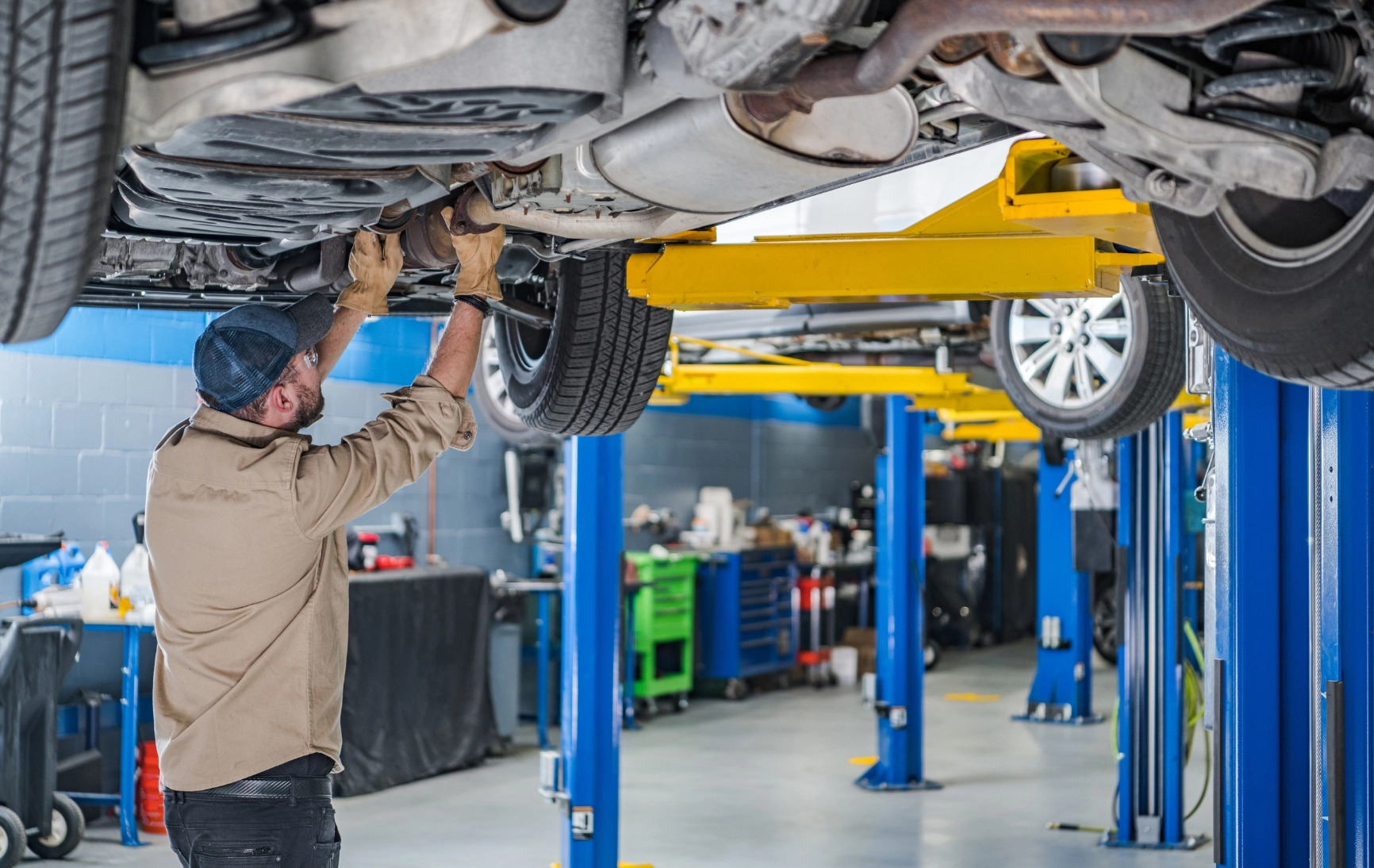All Categories
Featured
Correct tire upkeep is essential to expanding the life of your vehicle and making certain a smooth and risk-free driving experience. 2 of the most important tire solutions are tire turning and placement. These services not just avoid early tire wear but also improve handling, fuel effectiveness, and total safety and security. If you're not familiar with what tire rotation and positioning require, below's a thorough take a look at why they matter and exactly how they profit your lorry.
What Is Tire Turning? Tire rotation refers to moving your tires from one setting to another to guarantee they put on evenly. The reason tire rotation is required is since not all tires wear the exact same method.
By revolving your tires frequently, you can cancel the wear throughout all four tires. This helps them last longer and permits more also grip, improving handling and security. Most producers suggest turning your tires every 6,000 to 8,000 miles or as per the automobile's guidebook.
What Is Tire Placement? Tire positioning, additionally referred to as wheel positioning, describes the process of changing the angles of your car's wheels to fulfill the supplier's requirements. The objective of alignment is to make certain that all four tires are directing in the appropriate instructions and at the correct angles, which enables optimal handling, security, and tire life.
There are 3 primary alignment angles that are changed throughout a positioning check:

Camber: The tilt of the wheels when seen from the front. If the camber is off, it can cause uneven tire wear, as the tire will certainly not make full contact with the roadway surface. Caster: The angle of the steering axis when checked out from the side. Proper caster placement makes certain that your lorry is secure when driving straight and that your guiding wheel returns to its regular position after a turn. Toe: The angle at which the tires aim internal or exterior when checked out from above. Incorrect toe alignment can cause the tires to drag, resulting in uneven wear and decreased fuel performance. Misalignment can occur with time as a result of normal driving or from striking challenges like aesthetics or splits. If your placement is off, it is necessary to get it inspected and fixed to stay clear of concerns in the future.
Why Tire Rotation and Positioning Matter. Boosted Tire Life:. Regular tire rotation makes certain also tire wear, assisting you obtain the most gas mileage out of your tires. Unequal wear can create you to replace tires prematurely, which can be pricey. When your tires wear equally, they last much longer, conserving you cash in the lengthy term.
Enhanced Lorry Handling:. Appropriate placement keeps your car driving straight and secure, particularly at higher rates. Imbalance can cause your automobile to pull to one side, making it harder to steer. By keeping your tires aligned, you ensure your automobile takes care of much more efficiently and predictably.
Enhanced Safety:. Tires that are not turned or aligned effectively can use unevenly, affecting just how well your automobile quits and corners. As an example, misaligned tires or tires with irregular wear patterns might cause lowered traction, particularly in damp or icy conditions, bring about a greater risk of crashes.
Better Gas Effectiveness:. Tires that are misaligned can develop moving resistance, implying your engine has to work more challenging to relocate the car. This boosts gas intake and lowers your car's fuel performance. Appropriate tire positioning decreases rolling resistance, which can boost gas mileage.
Signs Your Tires Required Rotation or Alignment. While it's important to remain on top of routine tire turnings and placements, there are a few indications that may suggest your tires require interest:
Irregular Put On: If you notice that a person tire is much more used than the others, it's likely time for a turning. Steering Pull: If your car draws away or really feels off-center, maybe an indicator of misalignment. Resonances: If you feel resonances in the guiding wheel or the car, maybe due to an alignment issue. Noisy Tires: Squealing or loud tires might indicate inappropriate rotation or misalignment. If you observe any one of these indicators, it's important to get your tires checked by an expert.
How Often Should You Revolve and Straighten Your Tires? Tire turning need to usually be done every 6,000 to 8,000 miles, though this can differ based upon your driving conditions and the sort of car you drive. It's also a great concept to have your tires rotated whenever you get an oil adjustment.
For positioning, you should have your tires lined up every 1-2 years, or extra regularly if you discover any concerns with handling or irregular tire wear. If you struck a huge fracture or aesthetic, it's smart to get an alignment inspect today.
Final Thought: Regular Maintenance for Optimum Efficiency. Tire turning and alignment are two basic yet essential services that maintain your cars and truck running efficiently, efficiently, and securely. By turning your tires regularly and keeping your wheels effectively straightened, you can expand the life of your tires, improve handling, and appreciate much better fuel efficiency.
Latest Posts
Find Affordable Auto Repairs with Montclare’s Exclusive Service Specials
Discover the Perks of Vinyl Fencing with Montana Fencing
Specialist Industrial Roof Solutions in North Platte, Nebraska
More
Latest Posts
Find Affordable Auto Repairs with Montclare’s Exclusive Service Specials
Discover the Perks of Vinyl Fencing with Montana Fencing
Specialist Industrial Roof Solutions in North Platte, Nebraska